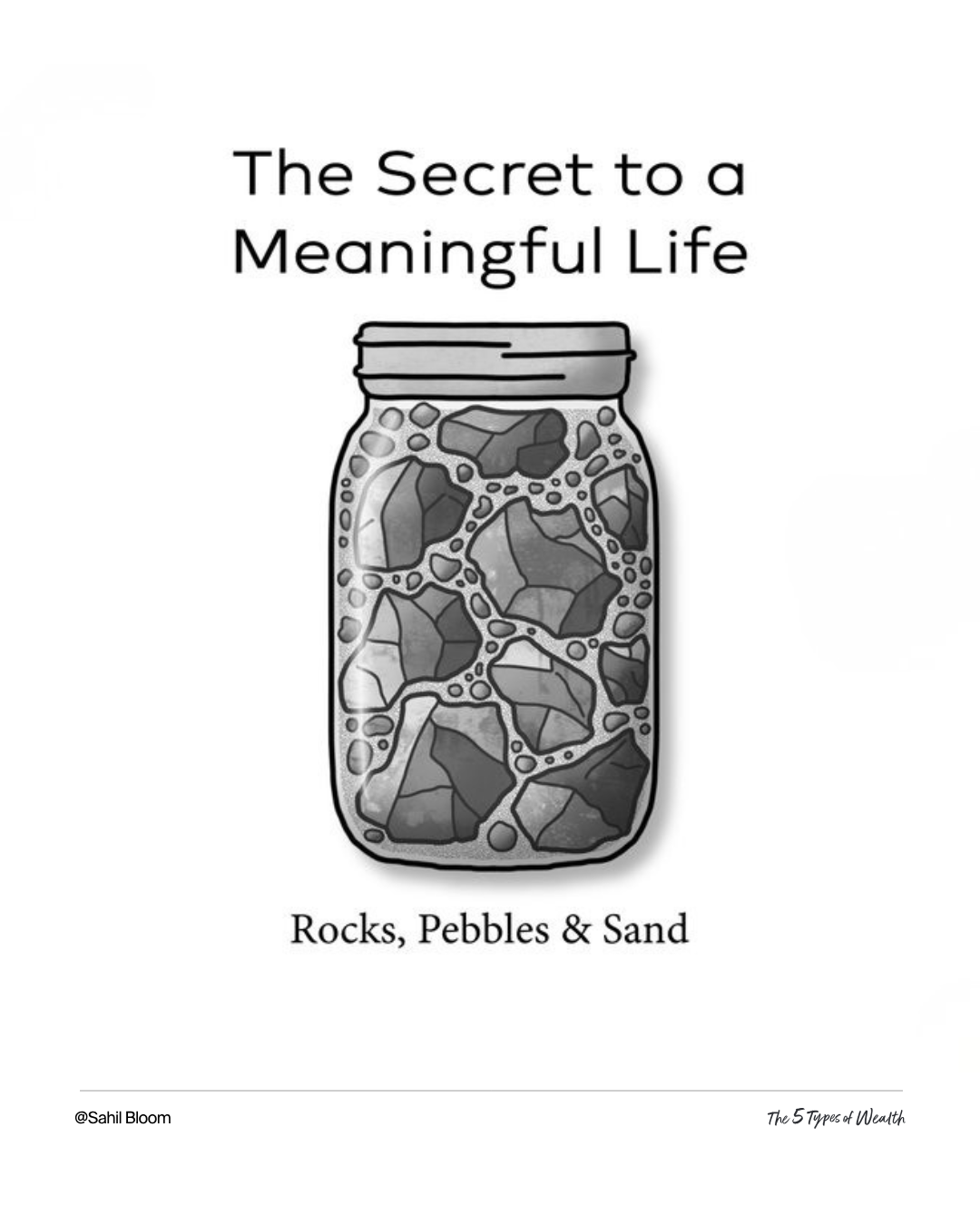A Life-Changing Metaphor: Rocks, Pebbles & Sand
Today at a Glance
What’s a Rich Text element?
The rich text element allows you to create and format headings, paragraphs, blockquotes, images, and video all in one place instead of having to add and format them individually. Just double-click and easily create content.
Static and dynamic content editing
A rich text element can be used with static or dynamic content. For static content, just drop it into any page and begin editing. For dynamic content, add a rich text field to any collection and then connect a rich text element to that field in the settings panel. !
- ml;xsml;xa
- koxsaml;xsml;xsa
- mklxsaml;xsa
How to customize formatting for each rich text
Headings, paragraphs, blockquotes, figures, images, and figure captions can all be styled after a class is added to the rich text element using the "When inside of" nested selector system.
Every year around the holidays, I take some time to set my intentions for the year ahead.
There's a simple story I came across years ago that has proven helpful in this exercise year after year.
A professor walks into a class and places four items on the table:
- A clear, empty glass jar.
- A pile of big rocks.
- A pile of pebbles.
- A pile of sand.
Without saying a word to the students, he fills the jar with the big rocks.
"Is the jar full?" he asks.
The students quietly nod.
Then, the professor pours in the pebbles. He shakes the jar so they slip into the spaces between the big rocks.
"How about now," he continues, "Is it full now?"
The students again nod, "Yes," they respond in unison.
Finally, the professor pours in the sand. He tilts the jar in a few directions and the sand seamlessly slides into every remaining gap.
"What about now," he questions, "Now is it full?"
The students nod for a third time.
The professor smiles and explains:
The jar represents your life.
The rocks are the most important things. Your family. Your dearest friends. Your health. Your purpose. Your core values. Your basic needs.
The pebbles are the meaningful but secondary things. Your job. Your looser friendships. Your side activities.
The sand is everything else. The noise. The distractions. The busywork. The unimportant obligations.
There are two important lessons:
- If you only had the rocks, your jar would still feel full. If you have your people, your health, your purpose, your values, and your basic needs, you're living a full, abundant life.
- If you pour in the sand first, you'll never have room for the rocks. Far too many people fill their life with the noise and miss out on what truly matters.
Every time I revisit this story, I'm struck by how easily the sand can win out. It sneaks in through the busy calendar, the status games, the endless notifications, the urgent requests, and the obligations you say yes to without thinking.
The sand will fill the jar quickly (and silently) before you ever have a chance to place your rocks.
But only if you allow it.
A full life isn't one that's packed to the brim. It's one that's filled with the right things (and in the right order!).
So, this weekend, I'd encourage you to think about this metaphor:
What are your rocks? Write them down.
Are you giving your rocks the priority space in your life? Or are they getting whatever room is left after the pebbles and sand?
What you choose to put in first determines the life you live.
Choose wisely.
















